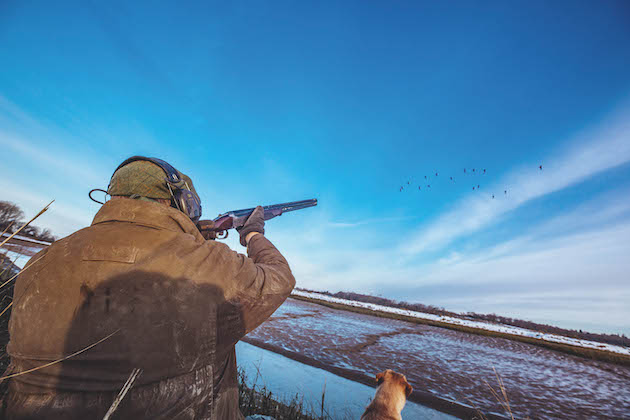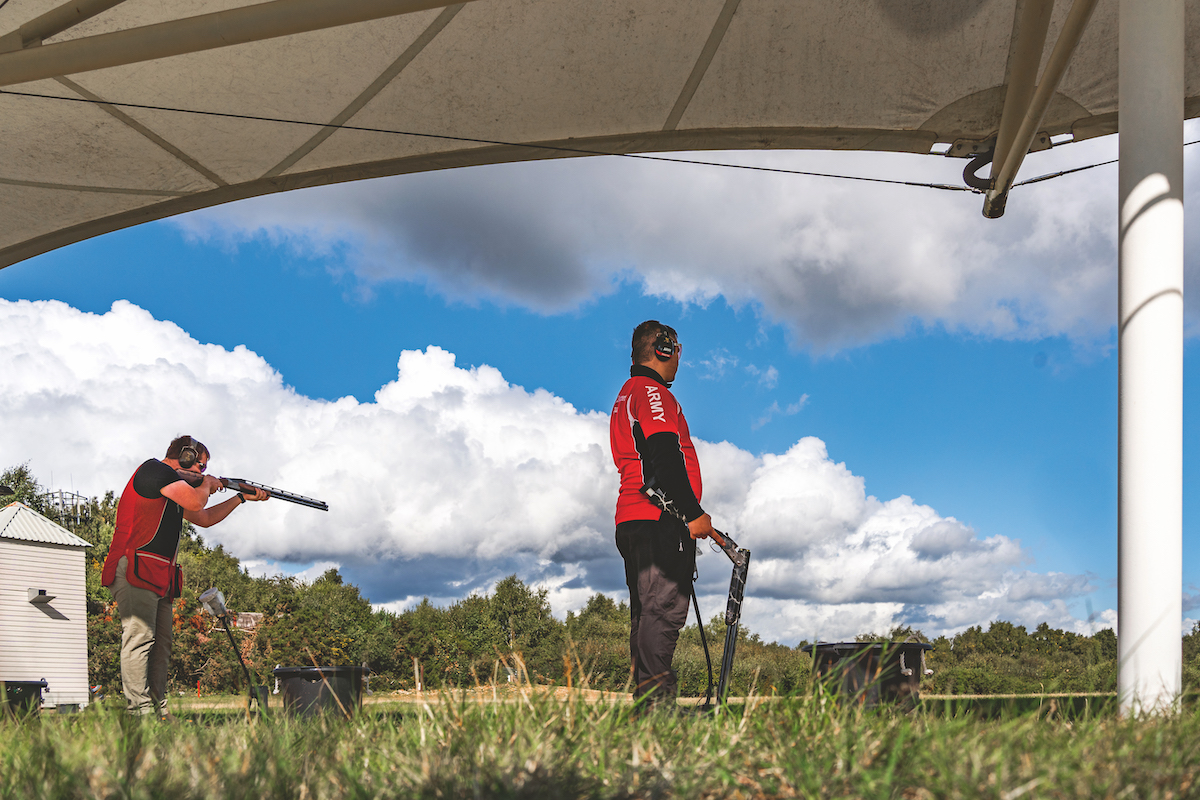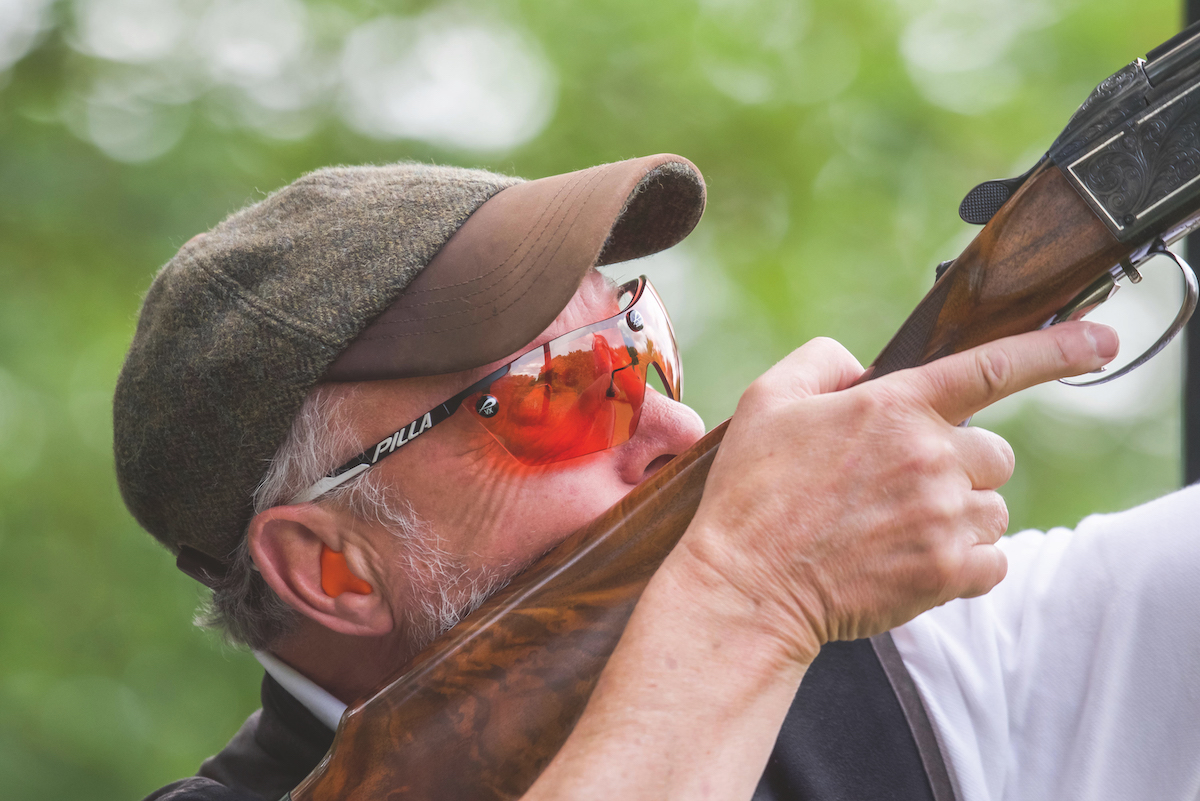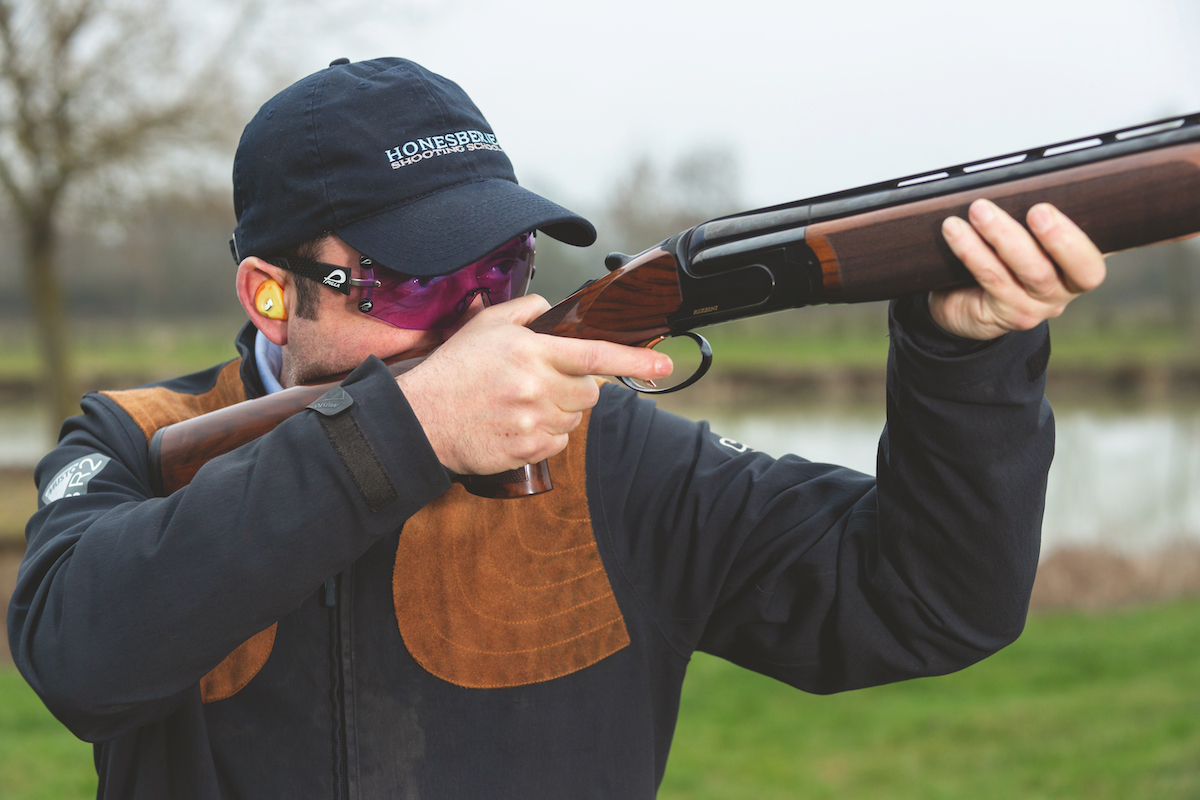Becoming a good all-round Shot: here’s what you won’t learn on the peg
Many of the best Shots started young and had a rural upbringing, but there are other ways to become a good all-rounder, says Tom Payne

The more you stand under or in front of the birds, the better you will become
What does it take to become a good all-round Shot? We can all advise accordingly on how to improve your shooting, whether that be practice, finding the right instructor for lessons or having your gun fitted. But there are things that can’t be learned at a clay ground or standing on the peg that really give the top shooters an edge. When we use the term ‘all-rounder’, there is so much to consider. It’s all very well shooting pheasants and partridges but counties vary, topography changes and weather is rarely consistent. Grouse shooting in North Yorkshire is very different from shooting grouse in Inverness or the Angus Glens. Shooting pigeons can vary over different crops, conditions and times of year. With wildfowling you have various species and techniques, flighting ducks of an evening in difficult light or trying for that goose on the coast.
A good all-round Shot is rarer now than during, say, the 1980s and 1990s. The top clay Shots during these periods got into clay shooting off the back of game shooting, pigeon shooting and walked-up expeditions. It was very much the rural man’s sport.

While accessing shooting can be tricky, young rural people have opportunities that others may not
The pathway to becoming a good all-round Shot
These days many clay Shots don’t shoot game and are from a different background altogether. Many are unfamiliar with rural living, and it is a credit to clay shooting that it is so inclusive and welcoming to all. If anything, clay shooting has created more access to the sport.
It’s almost completely reversed. Once, an understanding of fieldsports and a keenness to shoot would lead into clay shooting. Nowadays, clay shooting leads to game shooting as long as the clay shooter is willing and has the budget to do so. Yes, some of these clay shooters will get into game shooting, but many are more than happy just to stick with the clay bird.
With all-rounders in mind, I spoke with three well-known Shots and friends, Richard Faulds, Simon Ward and Mickey Rouse.

Richard Faulds’s childhood knockabouts built his ability to read a bird and the skill required to hit the target
Richard Faulds – the complete Shot
Talking to him a couple of days after he became the English Open Sporting champion for the sixth time, it would be fair to say that Richard Faulds could be considered the complete Shot. Richard is from a farming background and in his early days spent hours in the field. Like many, his air rifle came first and he graduated on to pigeons, rabbits and flighting ducks along the river — but only when his father would give him a box of cartridges. Richard quickly learned the importance of fieldcraft, understanding your quarry and learning to shoot as straight as possible. Richard emphasised that learning distance was hugely important to him.
His obsession naturally led into clay shooting. He had his first lessons with Tony Duffield and went on to spend a lot of time learning and shooting with Steve Nutbeam. Clays, pigeons — you name it, Richard shot it.
At 13 years old, ‘Fauldsy’ made the British Junior FITASC team. The other two team members were 20. In 1993 Richard, then 16, went to Coleys, initially shooting a FITASC competition. The pool shoot was 10 pairs of double traps and was the first time he had shot this discipline. Between him and Mickey Rouse, they cleaned up. At 18, he made the senior GB team and went to Atlanta, his first Olympics, and in Sydney 2000, he put shooting on the map, winning gold.
Since then, Richard has won multiple national, European and world titles in different disciplines. He dedicated time, effort, desire, drive and huge investment in the early days to ultimately get to where he is now.
When I shot pigeons with Richard a few weeks ago, it is clear he has that inbuilt ability to read birds and understands exactly what a bird is doing. This has led him to not only be an incredibly successful clay Shot but also a superb game Shot.
Richard is incredibly grateful for his upbringing because those early days of knocking around the hedges, spinneys, rivers and splashes of Hampshire sowed a level of knowledge, understanding and fieldcraft that stood him in good stead for all of his shooting, but especially his game shooting. He puts his ability 100% down to his upbringing — he tried to shoot something every day. “Childhood gave me the grounding,” he said. “It wasn’t just about killing but understanding the bird and the situation you’re in.”
That level of knowledge and respect developed from a young age, then being fortunate to stand under and in front of all types of quarry is something that cannot be learned at a clay ground.
Simon Ward – one of the best all-round game Shots
Speaking with Richard was very interesting and I had a sneaking suspicion that my conversation with Simon Ward would be similar. Simon is respected as one of the best all-round game Shots and true countrymen. Like Richard, Simon was passionate about all things rural from a young age. He said there were many times he would be scolded by the local keeper for shooting at birds with his stick while beating and not tapping like he was supposed to. Any chance he could get he would be on the pigeons, rabbits, flighting ducks or walking a hedgerow in God’s Own Country.
Simon believed that observation at such a young age and being keen to learn flora, fauna and to understand your quarry was essential to him. Watching how birds fly, how they behave in different conditions, understanding how a drive works and how different topography can affect what that bird is doing has stood him in good stead in becoming a good all-round Shot. This is something I have learned a lot from him over the years.
At 17, Simon went on to join Geoff Lupton at the Yorkshire Gun Room and learned his trade as an instructor and gunfitter. Simon invested heavily in himself and would save as much as possible to make sure he could afford to shoot during the season. On many of the finest shoots around the UK, Simon would start to put that knowledge into practice, developing his skills to really understand what it takes to shoot consistently. Wherever he was and whatever the quarry, he was able to draw on his earliest experiences and learn from them.
I first met Simon when I was 17 and he was shooting in the British Side-by-Side Championships. I was in his squad, shooting my first ever competition. It was Simon’s first clay competition too. He proceeded to wipe the field with his Holland & Holland Royal. It was great to watch.
Simon said that focus, dedication and passion for his game shooting is paramount. Those early days instilled so much in his skill with a gun today. If you want to be good at anything, it takes work but enjoy the journey.
Starting game shooting
Wildfowling If you can’t afford to buy game shooting by the day, or through a syndicate, we recommend you join…
Starting shooting with clays
The first clay pigeon shoots started around 1885 as an affordable alternative to competitions using live pigeons as targets. Shooting…
Gifted Mickey Rouse
It’s fascinating having the chance to speak to these guys and my final call was to the legendary Mickey Rouse. Mickey is an unbelievably gifted Shot. He grew up in rural Oxfordshire and, like so many of his generation, started shooting pigeons, rabbits and walked-up sport. Again, this sowed that all-important understanding of the quarry you are attempting to shoot. Mickey’s uncle encouraged him to start clay shooting and it was very lucky for everyone he did.
Mickey said that clay shooting undoubtedly developed him as an excellent game Shot. It also allowed him to work in his passion. Clay and game shooting are expensive sports, but they benefit each other on a skill level. To shoot game well, fieldcraft and understanding the bird is important, but if your only access is to clay shooting before the season, it is important to practise or have lessons.
It goes without saying that to be a good all-round Shot, understanding the bird you are shooting, the conditions, the topography and the drives is key. This comes from standing under or in front of the birds. However, for these lads, their journey into shooting gave them an edge because they learned key skills from an early age.
Many of us have been incredibly fortunate in our upbringing, and it is amazing that so many people can have access to clay shooting and game shooting should they wish.

Many great Shots start out with an air rifle, before graduating on to pigeons, rabbits, flighting ducks and walked-up game
Opportunities
Getting access to shoot on farms and estates is not as easy as it used to be. But the youngsters of rural Britain still have opportunities that others may not, so make the most of them. Learn your flora, fauna and your quarry because it will give you the edge and develop a passion and respect for your game shooting. Sound style and technique make you a serious Shot.
For those who come to shooting at a later age — and come to game shooting through clays — think about your fieldcraft and what is involved in a day’s shooting, and take the skills you learn from the clay ground and implement them in the field. The more you stand under or in front of the birds, the better you will become and improve as a good all-round Shot. This will come at a great financial cost, but it’s worth every penny.










